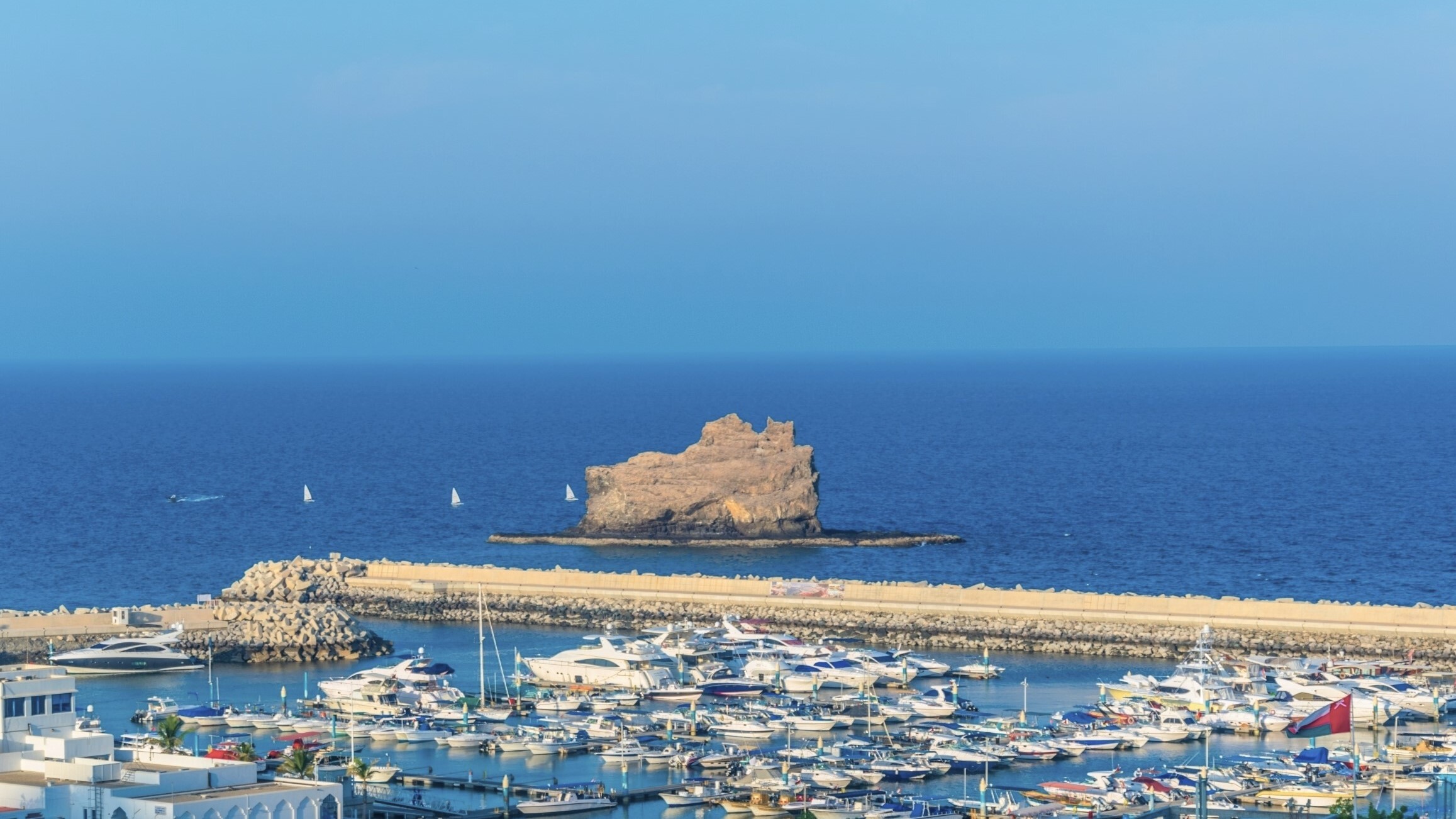A year ago it seemed unthinkable that East London could start flagging. The poorest part of the city had enjoyed years of unbridled growth and gentrification highlighted by the the 2012 Olympics, which brought over 100,000 jobs and scores of new residential buildings. However, a recent report by real estate analyst LonRes shows just that. The traditionally more affluent West, home to Russian oligarchs and oil-rich Saudi families, continues to forge ahead as house prices increase while the East has put on the brakes.
According to the report, between April and June, an average of 20.9 percent of properties in prime areas of West London sold within the first three months of being on the market. It the East, in prime gentrified locations half that amount, 9.4 percent of properties sold within three months.
Coupled with this, during the same period the price per square foot of sold properties rose 4.4% in West London, and decreased 6.4% in East.
To expect East London to compete with West is unrealistic. The west has always been the center of entertainment, historic landmarks, shopping and business but in recent years, areas such as Dalston in the East had witnessed a previously unthinkable turnaround to become a hotbed for hipsters while the Docklands attracted the business it was always hoped it would do. Increased transport links in the East, centered around Stratford, the site of the Olympics, made commuting from all parts of the country and the continent more feasible than it had ever been.
But sales are down by 5.3 percent annually in the East compared to 0.6 percent in the West. The interminable Brexit malaise has surely had an effect. Banks and other businesses in the City, the financial area in Central London, located a short distance from more affluent areas in East London have laid people off and relocated elsewhere in Europe. The West, conversely, has businesses and attractions not so directly effected by Brexit. In addition, new developments such as White City, a former baron industrial area turned luxury residential, shopping and media hub, have take the kind of cool, hipster crowd that would have previously set up shop elsewhere.
The effect of the White City development can’t be overstated. Previously known at the headquarters of the BBC, the old iconic doughnut shaped building was cherished by much of the nation as it was often shown on TV. The BBC left in 2013 and the building, rather than being razed has been converted into luxury condos or flats as they are known in the UK, along with 400,000 square feet of commercial and retail space. These include 432 residential units. Prices for the residences start from £725,000 (US$969,659) for a one-bedroom unit; £960,000 (US$1.28 million) for a two-bedroom; £1.625 million (US$2.17 million) for a three- bedroom; and £6.25 million (US$8.35 million) for one of the Television Centre’s three penthouses. Residents began moving in last December.
Also located in the building is the members only Soho Club, a 45-room hotel and upscale restaurants, bars and movie theaters, while the BBC have reopened 3 historic studios with state-of-the-art facilities.
Additionally, Westfield, a mall, which first decamped to the area in 2008 has expanded to become the largest shopping area in Europe. Its theory, that accessibility to the heart of buzzing West London meant that overlooked White City was a gem in the making, has proven true.
Along with the media and and creative types, the tech industry is trying to add weight to the west. London’s tech center is currently based around Old Street’s Silicon Roundabout in East London. However, London’s Imperial College has pledged to invest £3 billion in a new postgraduate campus north of Shepherd’s Bush with a focus on commercial applications for advanced blue-sky research.
Professor Alice Gast, president of Imperial College London, said: “At our White City Campus, we are building a dynamic environment where academics work alongside corporate and community partners to drive discovery, promote entrepreneurship, inspire young people, and develop solutions to some of the most pressing challenges of our time.”
It’s not as if East London, though has suddenly become an unattractive place to invest. Earlier this year, proposals were approved for Berkeley Homes for one of the densest housebuilding projects in the capital, with nearly 4,000 new homes to be developed in an area known as Canning Town, known as being traditionally working class.
While the more affluent parts of East London may have taken a hit recently, the area is unquestionably more affordable than West London. With much of London still beyond the reach for many, the Canning Town project is a viable path to homeownership for residents.
“It is no secret that it will take many years to fix London’s housing crisis, and we ultimately need government support – but schemes such as this prove that we can make a real difference now by delivering high-quality neighborhoods with a large proportion of genuinely affordable homes,” said London’s Mayor Sadiq Khan, of the Canning town development.






